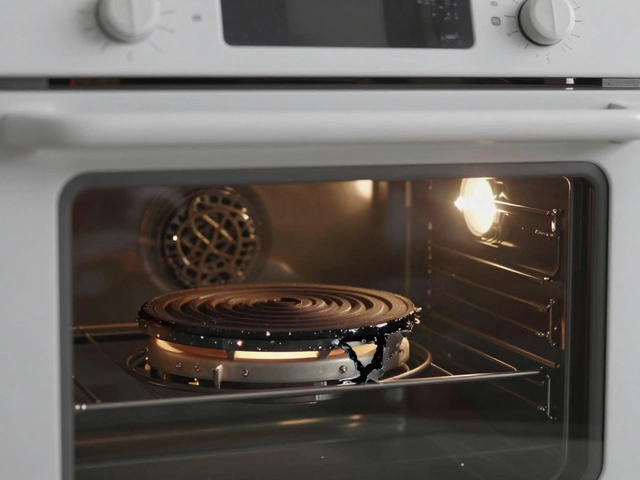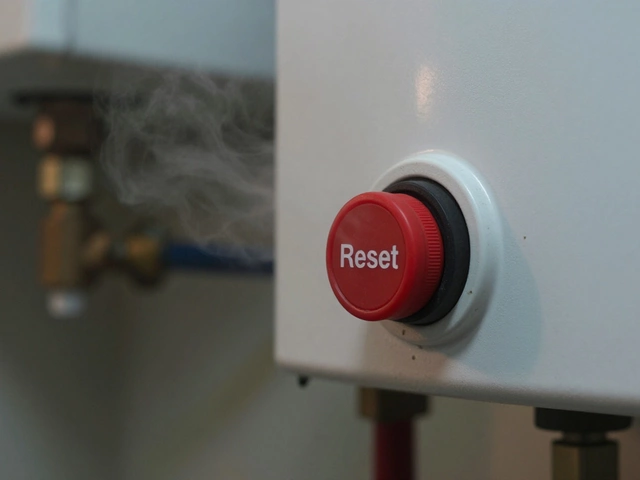Fix Extractor Fan – Tips, Repairs & Buying Guide
When dealing with Extractor fan, a device that moves moist or oily air out of kitchens and bathrooms. Also known as kitchen vent fan, it helps prevent mould, odors and excess humidity. The fan’s performance hinges on proper Ventilation, airflow that carries waste gases to the outside and sound‑level control that keeps the space comfortable.
Most homeowner issues boil down to three core areas: a blocked duct, a faulty motor, or electrical wiring that’s gone awry. A blocked duct is a classic ventilation problem – dust, grease or even a bird’s nest can choke airflow, forcing the fan to work harder and become noisy. The motor, the heart of the extractor, may overheat or stall, which is why regular cleaning extends its life. When it comes to electrical wiring, a loose connection or a tripped breaker can shut the fan down entirely. Understanding how Electrical wiring, the circuit that powers the fan interacts with the motor and ductwork lets you spot the right fix faster.
Common Problems and How to Solve Them
First, check the duct for obstructions. Remove the cover, pull the duct away from the wall and give it a good shake – you’ll hear debris falling out if it’s clogged. A quick vacuum or a brush can clear the path and often restores airflow instantly. Next, listen to the motor. A high‑pitched whine usually signals worn bearings; a humming sound that stops after a few seconds often means the motor is trying to start but fails, pointing to a capacitor issue.
If the fan won’t turn on at all, start with the power supply. Verify the breaker isn’t tripped and that the switch lights up. Loose terminals are a common cause; tightening them with a screwdriver can be enough to get the fan running again. For safety, always turn off the circuit at the consumer unit before handling any wires.
When DIY fixes don’t work, it’s time to call a pro. Extractor fans sit at the intersection of plumbing, electrical work and building regulations, especially in the UK where certain installations must meet ventilation standards. A qualified technician will test the motor’s amperage, inspect the duct for hidden knots, and ensure the fan complies with local codes.
Beyond repairs, choosing the right fan for a new installation involves matching the CFM (cubic feet per minute) rating to the room size, checking the noise rating in sones, and opting for energy‑efficient models with built‑in timers or humidity sensors. These features reduce electricity bills and keep the kitchen or bathroom fresh without constant manual adjustments.
Below you’ll find a curated selection of articles that dive deeper into each of these topics – from troubleshooting noisy fans to selecting the perfect model for your space. Whether you’re a DIY enthusiast looking for quick fixes or someone planning a full‑room upgrade, the guides ahead cover the practical steps, safety tips, and expert advice you need to get your extractor fan back in top shape.
Extractor fans play a crucial role in maintaining good air quality in your home. Whether in the kitchen or bathroom, these fans help remove excess moisture and unwanted smells. When your extractor fan stops working, it can create a host of problems. This article provides a simple, step-by-step guide to diagnosing and repairing common issues with extractor fans.


